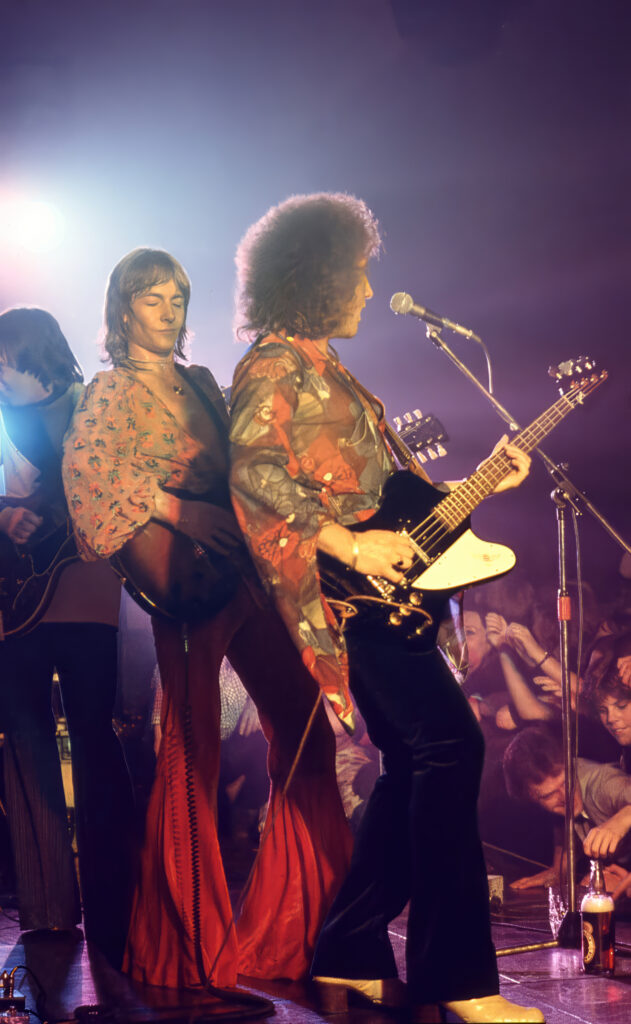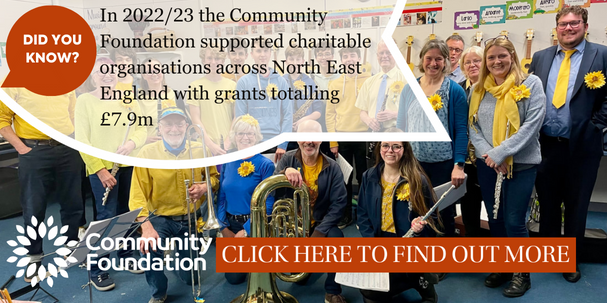
For decades, The Coatham Bowl attracted some seriously good musicians.
From homegrown talent such as Chris Rea and David Coverdale’s Whitesnake to star international names, including The B52s, Iron Maiden and Black Sabbath legend Ozzy Osbourne, they all loved to play at ‘The Bowl’.
Since its demolition in 2014, the site has stood empty — but that may be about to change. After months of negotiations, Redcar and Cleveland Council has agreed to lease the land to a private group, Coatham Arena Limited (CAL), for the development of a 5,000 capacity, multi-use indoor arena.
CAL chairman Frankie Wales told The QT: “It’s early days and there’s a lot of work to do but we are convinced a site that once hosted some of the biggest names in music can do so again.”
And that is music to the ears of author Chris Scott-Wilson, whose new book, Redcar Coatham Bowl, offers a nostalgic nod to a venue that meant so much to many and put a North-East seaside town on England’s musical map.

From bowling alley to big name acts
From the late 1960s until 1973, Redcar already had an iconic music venue, the Redcar Jazz Club, which, despite its name, was less about jazz and more about up and coming rock acts of the time, including Rod Stewart, Marc Bolan, Eric Clapton, the Bee Gees and Pink Floyd.
When the Redcar Bowl opened in 1965, it was, indeed, a bowling alley. But as the game’s fortunes faltered and the Jazz Club folded in 1973, the bowling lanes were removed and, in 1974, the renamed Coatham Bowl became a music and function venue.
Chris Scott Wilson said: “It was a square building — a bit of a tin box, really — but when they took the bowling lanes out and put a dance floor in, it became a good sized venue. It was twice as big as the Jazz Club — at a push, you could get about 1,200 in.
“It was very important to bands at the time because it fitted in with their itinerary as they moved around England.
“Promoters tell me that a problem they have now is the number of venues between 200 and 10,000 people are fading fast, but the Bowl was an ideal size because they could still make money but not lose intimacy with the audience. We were very fortunate — the artists were within arms’ reach.”

Musicians galore — and much more
Throughout the 1970s and 80s in particular, the Bowl was used intensively not only for music, but also for private functions, council events and indoor sports tournaments, including national snooker and darts championships.
Official council records for the venue, if they exist, are missing. But luckily for Chris, friend, music buff and keen photographer Dennis Weller — who has provided information and photos for the book — put him in touch with former council employee Keith Pearson, who used to take bookings for the Bowl.
Chris said: “Keith said ‘this might interest you’ and he handed me a little book in which between 1974 and 1982, he’d recorded all the acts, the date, how much he paid them, how many people turned up, what the bar takings were — all extraordinary stuff.”
- Read more: Voyage from Durham to Greenland’s glaciers
- Read more: How parts of the region are tackling climate change
The Bowl’s first function saw French violinist Stephan Grappelli perform on May 4, 1974. But just three years later, 111 separate events and gigs are listed — and that list doesn’t include private functions — featuring the likes of Jarrow rocker John Miles, Alan Price, Dave Edmunds’ Rockpile, Frankie Miller, Barbara Dickson, Smokie (featuring Redcar-born lead singer Chris Norman), The Real Thing, Motorhead, XTC…and the Redcar Open Dog Show!
In short, the Redcar Bowl was proving a massive success with acts and audiences alike.
Chris said: “When Slade appeared, they were so loud, the glasses were dancing across the tables. And when I contacted members of Darts about the book, they told me the Coatham Bowl was the first night they’d ever been screamed at.
“They’d been filming Top of the Pops and had to get taxis from Newcastle Airport to Redcar, but they didn’t get here until nearly midnight. There was nearly a riot when it didn’t look like they were turning up, but within 10 minutes of arriving, they were on stage and they stormed it.”

Fading fortunes
With Keith Pearson’s records ending in 1982, Chris had to piece together who appeared at The Bowl by trawling through adverts in the Evening Gazette.
And despite that method’s inconsistencies, it became increasingly clear that by the 1990s and noughties, the Bowl’s popularity was waning.
Changing tastes and priorities saw bookings and attendances dwindle, although it still had its moments — for example in 1997, when it was announced that a triumphant Mo Mowlam had been re-elected as Redcar MP with a massive 21,667 majority, and in 2012, when a young local musician, James Arthur, triumphed in a Battle of the Bands competition, just months before he’d go on to win X Factor.
The final function was a mayor’s 60s charity night on February 15, 2014, featuring 60s groups Legend, The Delmonts and The Cadillacs.
But within weeks of time being called on that sell-out event, the bulldozers had moved in and The Bowl was no more. The site it stood on was an empty wasteland, save for a locked pair of tall gates with the word ‘Narnia’ ironically daubed across them.
And apart from the now removed gates, that’s how the site has remained — a grassy field and a recently installed car park. But for how much longer?

Arena plans
If built, the proposed new state-of-the-art arena won’t only be about music — it will also host sporting, conference, exhibition and social events all year round.
There’s a lot to do, of course — not least financing the £70m privately-funded scheme, appeasing potential local objectors and obtaining planning permission for a scheme on a site whose pedigree for holding events is established, but not to a 5,000 capacity scale.
But CAL, made up of several established business and community figures, is confident of delivering a complex that, research shows, could benefit the local tourism economy, employment and businesses by more than £42m a year.
CAL chairman Frankie Wales said: “The amount of support we’ve received since the plans were made public shows there’s a real appetite for something like this in Redcar.
“The Coatham Bowl was an internationally known venue and we believe the Coatham Arena can continue that legacy in a building that’s truly fitting for what the modern-day consumer requires.”
It seems like the Coatham Bowl story may not be over yet…
* For more on Redcar Coatham Bowl and Chris’ other books, visit www.chrisscottwilson.co.uk












